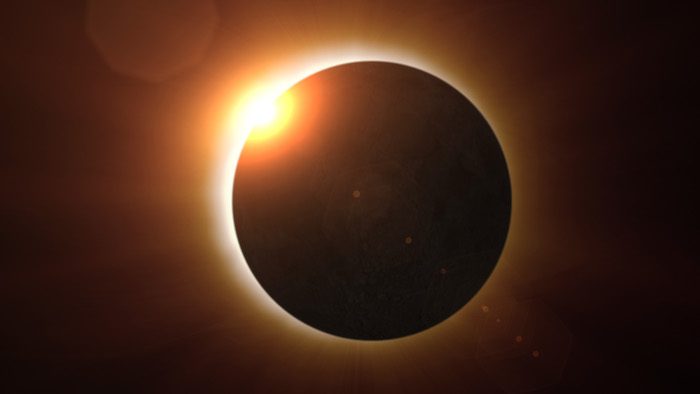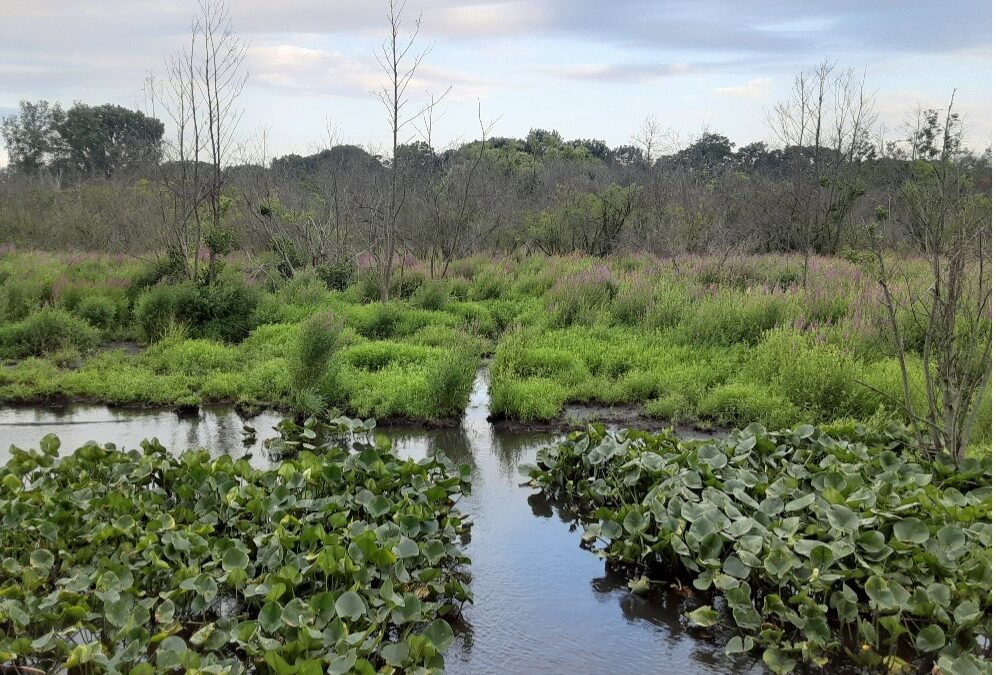With July of this year, 2023, being the hottest on Earth yet recorded, there are increasing concerns about how climate change will shape the next several decades. We often hear about how climate change will increase disastrous weather events, decimate crops, and create climate refugees. However, something often overlooked is how climate change will increase disease spread, specifically the spread of mosquito-borne diseases.
Mosquito-borne diseases are already a global health concern that results in disease and death for millions of people. Over 80% of the worldwide population is at risk of contracting a vector-borne disease, and around 700,000 deaths occur yearly from such diseases. Dengue, a virus transmitted by Aedes mosquitoes, is the leading cause of arthropod-borne viral disease. Globally, dengue infects 50-100 million people annually, causes approximately 24,000 deaths, and is estimated to cost 2.1 billion dollars annually in the Americas. The only available vaccine has limited efficacy and is currently not widely distributed. Malaria, a disease transmitted by Anopheles mosquitoes, infected 247 million people and caused 619,000 deaths in 2021. Recently, a malaria vaccine was approved; however, due to high demand and potential financial constraints, the vaccine’s reach could be limited. The global population is already heavily burdened by mosquito-borne diseases, and climate change is expected to increase this burden.
Climate change will affect mosquitos in many ways, intensifying the transmission of mosquito-borne diseases. One main factor is changing weather patterns, increasing the range and population of several mosquito species. Since mosquitoes are cold-blooded creatures, most disease-spreading mosquito species thrive in tropical or subtropical habitats, meaning they prefer warm temperatures and a wet climate. Malaria spread is already shifting to higher altitudes, and in African highlands, the climate suitability for transmission increased by about 30% between 2012 and 2017 compared to a 1950 baseline. According to the World Malaria Program, in Europe, malaria cases have risen by 62% since 2008, and cases of Zika, dengue, and chikungunya have increased by 700%. Dengue has also increased in Cambodia, Vietnam, Laos, the Philippines, Malaysia, and Singapore, according to the World Health Organization. Australia recently experienced its first outbreak of Japanese encephalitis virus, previously confined to Southeast Asia and the Pacific islands. This rise in disease cases is attributed to changing weather patterns due to climate change.
Looking to the future, dengue is expected to be transmitted in the United Kingdom by 2100. Currently, the farthest north dengue is frequently found are the southern regions of the United States. Additionally, increases in rainfall and flooding will raise mosquito populations in some areas. The larval and pupal stages of the mosquito life cycle happen in the water, so more standing bodies of water increase mosquito breeding grounds and thus increase mosquito populations. In 2021, extreme flooding in Germany increased mosquito populations by tenfold. Conversely, droughts could increase mosquito populations in areas that traditionally have had heavy rainfall. Heavy rain has been associated with disrupting mosquito life cycles by washing out breeding sites, as mosquitoes need standing water to lay eggs. In Colombia, malaria cases increased during a drought year. Warmer temperatures throughout the year will also increase the annual transmission season, which is the amount of time during the year mosquitoes are active and able to spread disease. In the next 50 years, the transmission season for dengue is expected to increase by four months and for malaria by one month. Due to warming temperatures, 1.3 billion more people are expected to live in areas affected by Zika. In many places, temperatures will allow Zika to be transmitted year-round.
Warming temperatures can also directly impact the pathogens mosquitoes spread, as pathogen development is often temperature dependent. Modeling has shown that increasing temperatures up to 82 degrees Fahrenheit increases the potential for a dengue epidemic. Plasmodium falciparum, the major malaria species, goes through several developmental stages before it can be spread to humans. Elevated temperatures can shorten the species’ incubation period, leading to a more rapid transmission to humans. At a temperature of 77°F, the malaria parasite needs 12 days to develop, whereas, at 68°F, it takes over 30 days to complete development, although at temperatures above 104°F, the malaria parasite cannot survive. The temperature-dependent nature of pathogen development in mosquitoes emphasizes the significant role that climate change plays in shaping the transmission dynamics of mosquito-borne diseases.
Mosquito development also changes with temperature variations. Higher temperatures often reduce hatching and pupation time, causing mosquitoes to reach maturity faster. Anopheles gambiae develops from egg to pupa in 9.3 days at 95°F and 12.6 days at 77°F. However, higher temperatures also result in shorter lifespans and fewer offspring, which could reduce populations in some areas. Additionally, more moderate winter temperatures could increase populations of mosquitoes such as Culex, a vector for West Nile virus. Culex enters diapause each year during colder months, a sort of hibernation where the mosquito will not breed or take blood meals. Freezing winter temperatures kill some diapausing Culex reducing populations for the spring. Without harsh winter conditions, Culex populations could surge. However, mosquito-borne diseases spread in temperate areas, such as West Nile virus, may shift to cooler areas, as Culex cannot survive in scorching summer temperatures. While some areas that experience new record high temperatures may see a reduction in some mosquito-borne disease spread, these diseases are expected to move to cooler regions. In addition, intense and long dry seasons can cause mosquitoes to develop a preference for human hosts, likely due to a mosquito’s dependence on human-provided water sources. Surprisingly, temperature changes also affect mosquito-biting behavior. Rising temperatures increase the digestion time of a blood meal, causing females to take more frequent blood meals and giving them more opportunities to pass diseases to humans.
Although the relationship between the factors causing the spread of mosquito-borne diseases is complex, it is clear that climate change will have profound implications for their spread. Urgent action is needed to mitigate the impacts of climate change. Current mosquito control methods, such as insecticides and land management, as well as improving healthcare infrastructure and new development of vaccines and treatments, will be vital in reducing future disease spread. Reducing mosquito-borne diseases requires a diverse approach combining climate change mitigation efforts with comprehensive disease prevention and control strategies. Only time will tell how climate change will affect mosquito-borne disease spread, but it is important to recognize that proactive measures are essential to reduce future impacts.
-
Elizabeth Walsh is a Ph.D. candidate in the biochemistry department at the University of Nevada Reno. Elizabeth’s research focuses on virus vector interactions, specifically on antiviral pathways in the Culex quinquefasciatus mosquito.
View all posts






